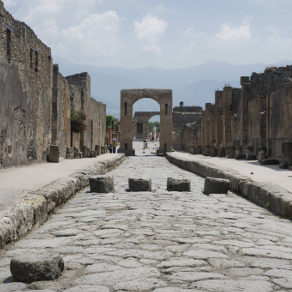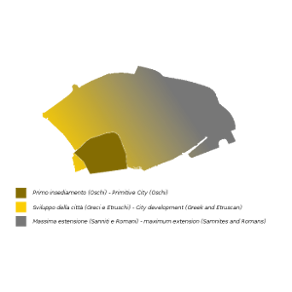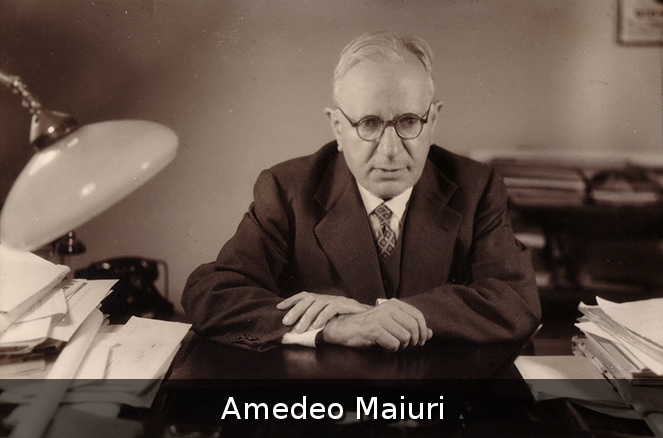The History of the Excavation
After the violent eruption in 79 A.D., Mount Vesuvius has been in a calm state for centuries, even if it is an active volcano.
For a long time, Pompeii had difficulties in rising again because people, being afraid for their own safety, preferred to move elsewhere and they only went there to find possible buried treasure.
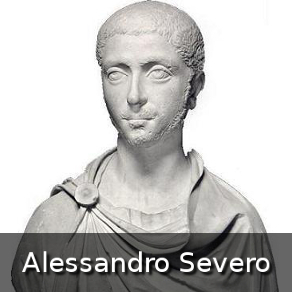
A few years later, the roman Emperor Alessandro Severo ordered excavation work in the area where the ancient Pompeii rose but, because of the dense layer of ash and lapillus, the attempt failed.
Between 1594 and 1600, during the reconstruction work of a canal for the water exploitation of river Sarno, coins and building rests were rediscovered: but they didn’t understand it was connected with the ancient roman city, so the excavation didn’t continue.
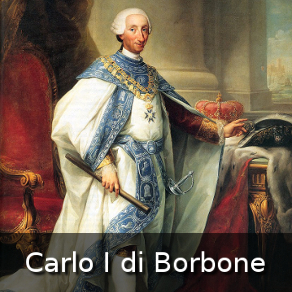
The first excavation in the ancient area started in 1748 under the reign of Charles I, Duke of Bourbon, even if the aim was to dig up items of value to decorate the royal palace.
Some finds were considered of little archeological interest (coins, statues, frescos and a skeleton) and a part of the Amphitheatre and the Necropolis of Porta Herculaneum were located: the explorers were convinced they were on the tracks of Stabiae. They understood that it was Pompeii when in 1763 discovered an epigraph that mentioned the "Res Publica Pompeiaronum".
The first explorations developed with the creation of underground tunnels: paintings and mosaics considered relevant were detached from the wall of the buildings and preserved in the Palace of Portici; on the contrary the finds that were not interesting were destroyed or buried again.
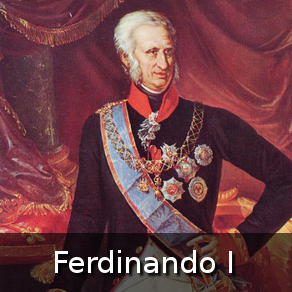
When Ferdinand I became King of the Two Sicilies, in Pompeii started the first open air excavations: during the period between 1759 and 1799 part of the city was raised and, after the exploration it was not buried again; the finds, especially frescos, were not removed or moved to Palace of Portici but preserved on the wall; lastly they started to register and describe all the finds of that zone.
A remarkable impulse to the excavations was given during the first half of the nineteenth century: most of the public buildings (Forum, Basilica, Theatres) and many residential buildings of considerable architectonical interest (among which the house of Sallust, of Pansa and of the Faun) were raised; a new form of research started to be made, the photographic one, even if this practice was limited to touristic aims and not for study and restoration too.
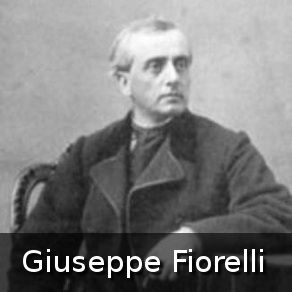
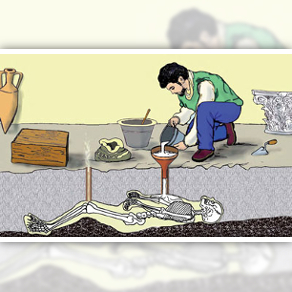
With the Italian unification there was an unexpected change in the excavation work thanks by the archaeologist Giuseppe Fiorelli, who was entrusted the management of the work from 1860 to 1875: starting from the road network all the residential area was divided in nine regions and each region in blocks (insulae), attributing a progressive number to the entrance room of each block: mold making technique was introduced, it consisted of draining gypsum in the empty spaces created by the decomposition of organic material, to obtain the imprint of people and animal bodies, plants and objects of roman life; finally, in some residential buildings roofs and walls were rebuilt, according to the ancient placement, to prevent damage to frescos and mosaics, increasingly preserved inside rather than taken away.
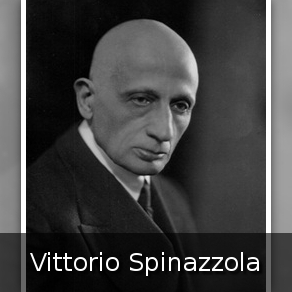
In the following years the city restoration work was carried with more efficient means: with a less invasive excavation, Vittorio Spinazzola, works supervisor from 1911 to 1923, discovered that many residential buildings, located in the street of Abundance were two-story houses and the upper level was destined to private life and the ground floor hosted small shops and workshops.

After the interruption due to the II World War, the excavation restarted in 1924 with the new works supervisor Amedeo Maiuri who dedicated himself passionately for 37 years: during this long period he raised 3/5 of the city and conducted a stratigraphic study for the chronological reconstruction of Pompeii.
Photography started to be used as means of study and not only with touristic aims: excavation techniques became precise and all the elements removed, such as roofs, windows and doors, taken away to avoid collapses, were arranged again when the exploration ended.
Starting from the second postwar period, excavation activity hit a bump, both for shortage of money and because the preservation of archaeological heritage recovered was more urgent, that was subjected to damage and collapses caused by the 1980 Irpinia earthquake and then by the adverse weather conditions.
To deal with the emergency, the European Union dispensed 105 million of euros for the site restoration: the works started in 2012 with the name "Grande Progetto Pompei", with the aim to reduce the hydrogeological risk in the park, to consolidate the wall structure and to restore them with decorations, to perfect the video surveillance system and to create coverings to the monuments to allow access to tourists.
Thanks to excavation work, the ancient Pompeii has almost completely flourished again turning into an archaeological site of such international significance: it is the second most visited monument in Italy after the Colosseum, Roman Forum and Palatine Hill and with 1997 administrative order Pompeii, Oplonti and Herculaneum have been introduced in the archaeological site register as UNESCO World Heritage.
The committee decided to register this area on the basis of cultural criteria considering the extraordinary finds from Pompeii and the surrounding cities as a living proof of the society and the day-to-day life belonging to a clear moment in the past and an equal can’t be found anywhere in the world.
Pompeii and the eruption that lived the city are the hearth of many artistic, literary and cinematographic works.
One of the most famous painting inspired by the Vesuvius’ eruption is "The last days of Pompeii", painted between 1827 and 1833 by the Russian painter Karl Pavlovic Brjullov that in turn was inspired by Giovanni Pacini’s work with the same name.
Among the novels, the most important was written by Edward Bulwer-Lytton in 1834, named "Arria Marcella"; a collection of novels for children written by Caroline Lawrence "The Roman Mysteries"; another novel "Pompeii" written by Robert Harris in 2003 who tells the sequence of events of a worker at the Sarno aqueduct; there are Pliny the Elder and Pliny the Younger in the story and it also refers to the Piscina Mirabilis in Bacoli. The first book of Cambridge Latin Course also makes reference to Pompeii and tells the story of a man who lived in Pompeii, Lucius Caecilius Iucundus, who really existed, and died with his family because of the eruption.
There are many movies inspired by the Edward Bulwer-Lytton’s novel and all are named "The last days in Pompeii": the first was directed by Walter R. Booth in 1900, the second was directed by Mario Caserini in 1913, the third was directed by Carmine Gallone in 1926, the fourth was directed by Merian C. Cooper and Ernest B. Schoedsack in 1935, another one directed by Marcel L’Herbier and Paolo Moffa in 1950 and the last one directed by Mario Bonnard and finished by Sergio Leone in 1959, filmed in Madrid and Cinecittà in Rome: a miniseries with the same name in 1984 and another one called "Pompeii" realised in 2007 by the director Giulio Base and Lorenzo Crespi and Andrea Osvàrt as main characters. In 2014 another movie and a documentary produced by the British Museum, entitled "Pompeii" directed by Paul William Scott Anderson who focuses on a love story that ends with the death of the protagonists due to the eruption.
In 2013 a song "Pompeii" written by the Britain band Bastille tells the story of a man in Pompeii who tries to find a way to escape from the eruption.

